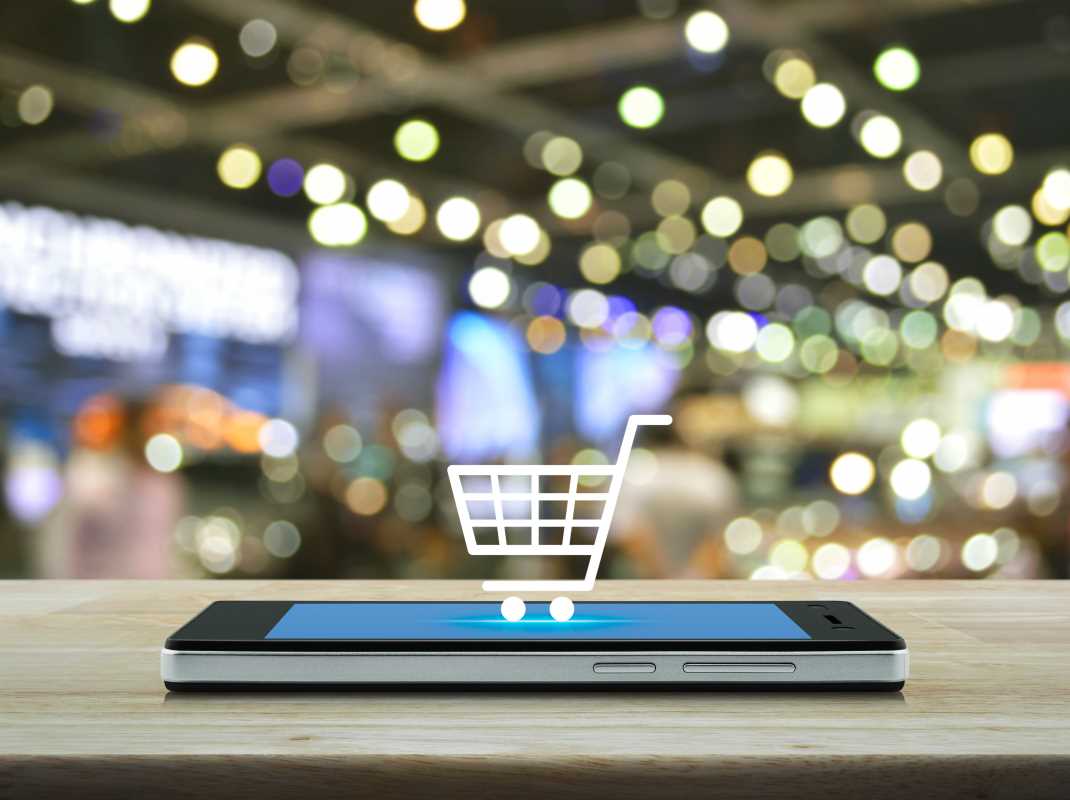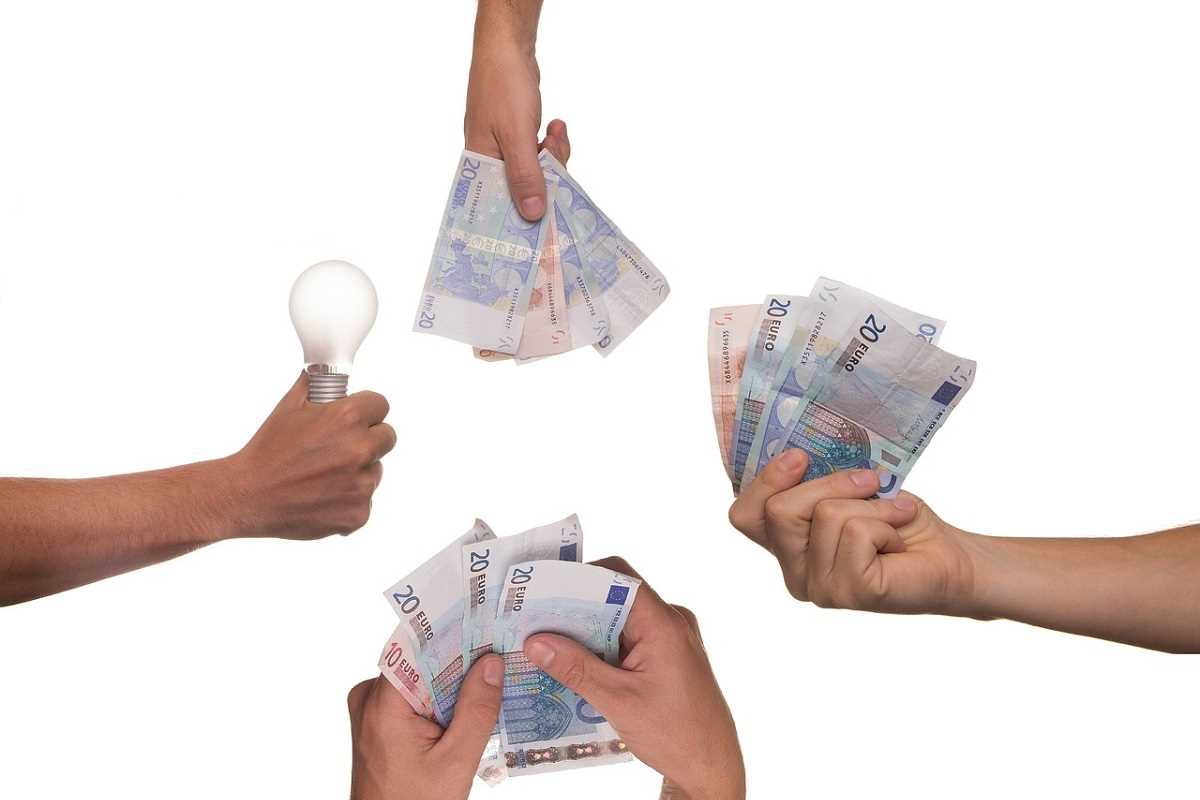Shoppers often leave items in their carts and exit your site, creating a chance to bring them back and complete their purchase. Well-timed reminders use subtle cues from a visitor’s browsing behavior to gently prompt them about the products they considered. These personal touches blend into their online experience, sparking renewed interest and making it easy for them to return. When you add retargeting to your marketing approach, you connect with potential buyers at just the right moment. This approach encourages them to revisit your site and helps turn window shoppers into satisfied customers.
Common habits that prevent shoppers from making decisions
When someone pauses mid-checkout, they often hesitate because of fleeting mental barriers—unexpected fees, second thoughts about value, or uncertainty over shipping details. These obstacles rarely disappear on their own. They build up until the cart vanishes. To identify these micro-exits, you need to track click patterns, dwell time, and exit pages. Using that information, you can craft messages that directly and quickly address each friction point.
Shoppers often justify abandoning their cart at checkout as just browsing. Recognizing this playful stance opens the door for fun reminders. If you match their exploratory mindset instead of pushing a hard sell, you tap into the same curiosity that sparked their initial interest. Rephrasing your outreach with lighthearted, benefit-focused language can reset the conversation and encourage them to complete the purchase.
Using precise psychological nudges effectively
Memory cues like scarcity phrases or back-in-stock alerts create urgency, but they lose impact if overused. Introduce fresh angles—such as “limited supply alert” based on real-time stock or “price fatigue hack” highlighting small savings—to attract attention without sounding like every other brand. Each phrase should target a specific emotional desire: fear of missing out, ownership, or relief from indecision.
Psychological hooks work best when you connect them to individual behaviors. If someone watched a product video, mention its key benefits. If they hovered over reviews, include a quick testimonial that matches their persona. By linking micro-behaviors to tailored messages, you deliver a relevant and intriguing experience that quickly removes hesitations.
Creating effective reminder sequences automatically
- Timing of sequences: Set predefined intervals based on user actions to maximize the chances they reopen the site. Send a reminder within an hour of abandonment. Then, send another after 24 hours with more product details. Follow up on day three with a small incentive. These timeframes keep your store fresh in their mind without crossing into spam. Typical email platform costs range from free plans for up to 2,000 contacts to $25 monthly for larger lists. Insider tip: align the second reminder with peak browsing hours identified through your analytics.
- Channel choices: Decide the best mix of email, SMS, and in-app push notifications for each user group. Tag users who opted in for SMS and those who browse heavily on mobile. Send high-intent cart abandoners SMS messages under 160 characters for quick follow-up. Use browser notifications for desktop visitors. SMS services usually charge per message, around $0.01–$0.05 each. Insider tip: test different subject lines in emails and first-line hooks in SMS to see which lead to earlier opens.
- Personalization tokens: Use dynamic product names, user names, and prices to make each message feel custom-made. Set up your email provider to pull cart item images and names into the template fields. Create fallback copy for missing data, like “that item” instead of a blank space. Many services include dynamic tags at no extra charge. Insider tip: preview at least ten examples before activating to catch formatting issues.
- Frequency cap: Limit reminders to three touches per user during a single campaign period to avoid message fatigue. Exclude anyone who clicks or converts after the first message. Add a cooldown period of seven days after a purchase to prevent contacting recent buyers. Most automation tools let you build conditional workflows easily. Insider tip: combine frequency capping with behavioral triggers to only send messages when engagement remains high.
- Link tracking: Use UTM parameters to measure how effective each follow-up channel is. Create unique sets of parameters for email clicks, SMS taps, and push interactions. Incorporate this data into your analytics dashboard to track conversion paths by medium. URL shorteners are usually free for basic use. Insider tip: shorten long tracking links to avoid character truncation in SMS and social previews.
Enhancing Creative Touchpoints
- Replacing Images Dynamically
- Purpose: refresh visuals to re-engage users after reminders
- Steps:
- Swap static product images with lifestyle or user-generated content after the first reminder
- If no click after two reminders, switch to a new visual angle
- Prepare 3+ visuals per SKU to test resonance
- Cost: ~$10 per high-quality image
- Insider tip: run an A/B test in your email builder to see which image swap drives the most clicks
- Testing Different Text Snippets
- Purpose: tailor messaging with emotional triggers
- Steps:
- Create 2–3 interchangeable text blocks (FOMO, gain, social proof)
- Assign users based on past engagement (e.g., loyal openers → testimonial, new visitors → benefit headline)
- Cost: no extra cost on most platforms
- Insider tip: keep snippets under 50 words for readability across devices
- Adding Countdown Timers
- Purpose: emphasize scarcity and urgency
- Steps:
- Embed a live countdown synced with inventory system
- Display expiration for special pricing or cart reservations
- Cost: many email tools include free countdown widgets
- Insider tip: localize timers by recipient’s time zone to prevent confusion
- Including Quick Polls
- Purpose: gather direct feedback on hesitation points
- Steps:
- Add a one-question poll (e.g., price, shipping, product confusion)
- Sync responses to your CRM for targeted follow-ups
- Cost: often free with survey integrations
- Insider tip: segment reminder emails based on poll results to address concerns directly
- Using Exit-Intent Pop-Ups
- Purpose: capture users before they leave
- Steps:
- Trigger pop-up when cursor moves toward closing the page
- Offer incentive (discount or free shipping) if purchase is completed within the next hour
- Cost: lightweight plugins available under $15/month
- Insider tip: experiment with different discount levels to find the lowest effective incentive
These personalized sequences and creative enhancements turn each abandoned browsing session into a chance to recover lost sales. When you match timely reminders with the right emotional triggers, hesitation quickly turns into completion with impressive accuracy.
Consistent testing and prompt adjustments maintain sharp recovery efforts. Regular data-driven improvements keep your outreach relevant and effective.







